Unexpected disasters and accidents can strike, leaving those without a financial safety net vulnerable. Insurance plays a vital role in protecting hard-earned assets and loved ones. But insurance comes in different forms, and the key to finding the policy that fits one’s needs is understanding the type and level of coverage each one provides. In this article, Insurance Business explains everything there is to know about this essential financial instrument so that your customers and potential clients can be armed with the proper knowledge to choose the best coverage possible. This is part of our client education series, and we encourage insurance agents and brokers to share this article with customers to help them navigate this crucial financial tool.
What is insurance?
Insurance serves as a financial cushion in the event something bad happens to the insured person – also referred to as the policyholder – and their assets.
Merriam-Webster defines insurance as a form of “coverage by contract whereby one party undertakes to indemnify or guarantee another against loss by a specified contingency or peril.”
In layman’s terms, a written contract between a person and the insurance company that puts the responsibility of paying for losses that the insured incurs on the insurer. This is given that the incident is specified as a covered event and the policyholder meets regular payments.
In the event a fire destroys a house, for example, home insurance will cover the costs to repair and rebuild the property. If a person causes a vehicular accident, meanwhile, auto can pay out for medical bills and third-party property damage resulting from the collision. If a policyholder dies, their loved ones can receive a financial benefit through their life plan.
But what’s paradoxical about insurance is that people are paying for something that they are hoping they will never use. Skipping coverage, however, risks putting them and their family in dire financial straits should an unfortunate event occur.
How does insurance work?
How works varies significantly, depending on the policy and insurance provider. Regardless, all policies come with four main components that policyholders need to be aware of to ensure that they are getting the right coverage. These are:
Premium: How much do they need to pay for coverage?
Policy term: How long the policy lasts.
Policy limit: The maximum amount the policy will pay out for a covered peril.
Deductible: The amount the policyholder needs to pay out of pocket before the policy kicks in.
1: Insuring a home for its real estate value rather than for the cost of rebuilding.
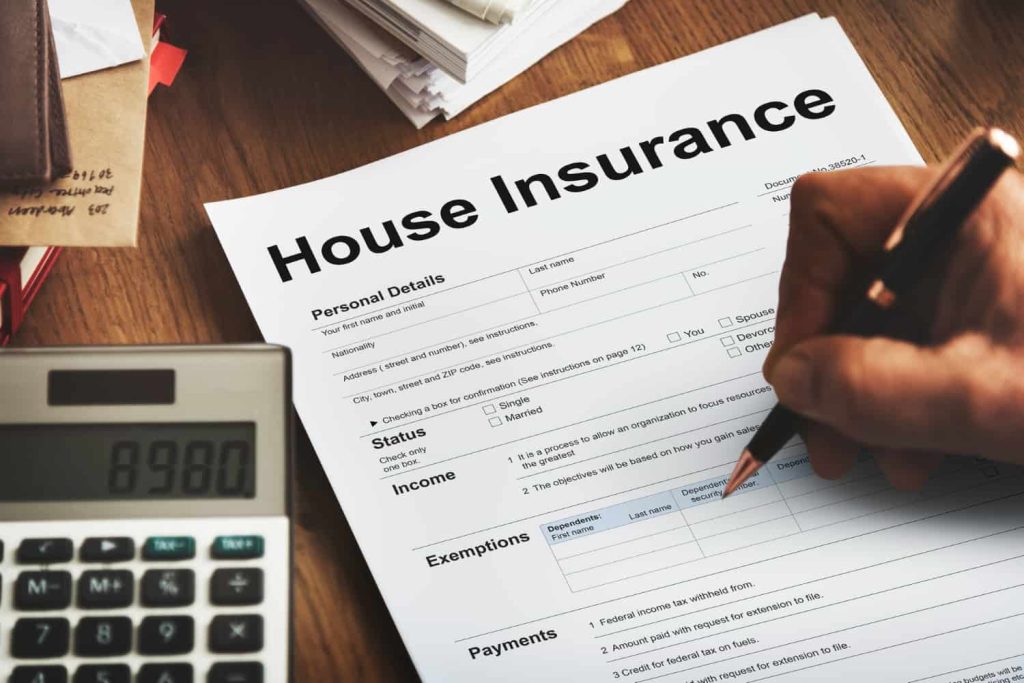
When real estate prices go down, some homeowners may think they can reduce the amount of their home. But insurance is designed to cover the cost of rebuilding, not the sales price of the home. You should make sure that you have enough coverage to completely rebuild your home and replace your belongings—no matter what the real estate market is doing.
A better way to save: Raise your deductible. An increase from $500 to $1,000 could save up to 25 percent on your premium payments.
If you live in a disaster-prone area, your insurance policy may have a separate deductible for damage from major disasters, so be sure you take this into account when considering whether to raise your standard homeowners deductible.
Insurance Covers Rebuilding Costs, Not Market Value: Homeowners insurance primarily covers the cost of rebuilding your home and replacing personal belongings in case of damage or loss. It’s not based on the current market value of your home. This is crucial because real estate market prices can fluctuate, and insuring your home based on its market value may not provide you with enough coverage to rebuild it in case of a disaster.
Adequate Coverage is Essential: Regardless of whether real estate prices are up or down, it’s essential to ensure that you have enough insurance coverage to completely rebuild your home and replace your belongings. This means that the coverage amount should be based on the actual cost of construction, labor, and materials required to restore your home to its pre-damaged condition.
Raising Your Deductible: One way to save on your insurance premium payments is to increase your deductible. The deductible is the amount you pay out of pocket before your policy kicks in. By raising your deductible, for example, from $500 to $1,000, you can reduce your premium costs. In the passage, it suggests that this increase could lead to savings of up to 25 percent on your premium payments. However, preparing to cover a higher deductible in case of a claim is essential.
Disaster-Prone Areas: If you live in an area prone to natural disasters (e.g., hurricanes, earthquakes, wildfires), your insurance policy may have a separate deductible for damage caused by these major events. This deductible may be higher than your standard deductible. When considering whether to raise your standard homeowners deductible, you should also take into account the deductible specific to disaster-related damage. You’ll want to ensure that you can afford the combined deductibles in case of a disaster.
2: Selecting an insurance company by price alone.
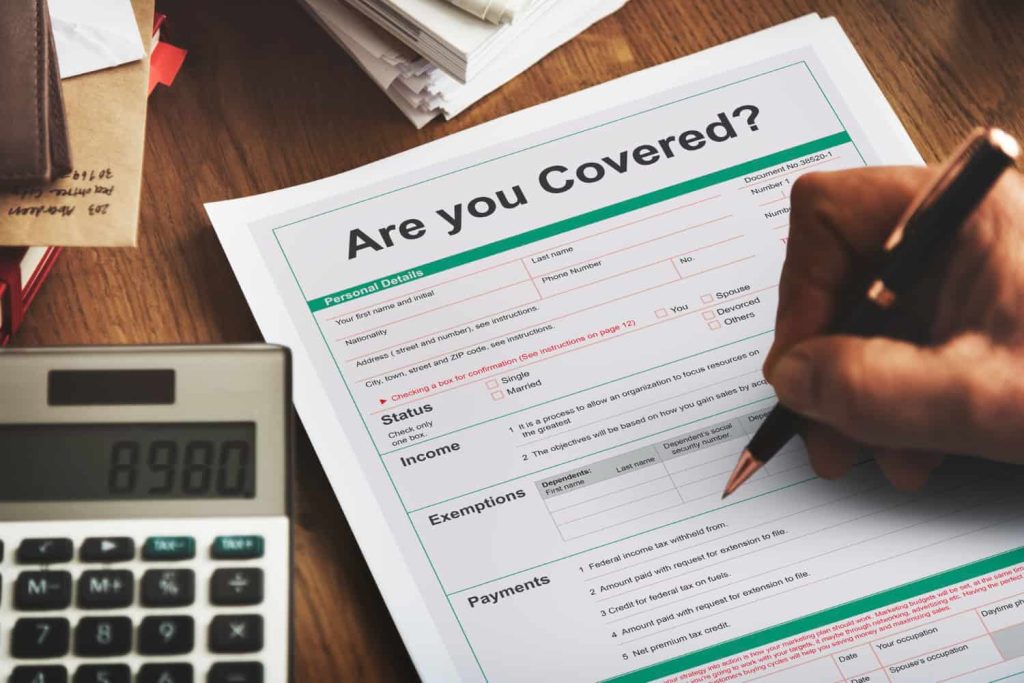
It is important to choose a company with competitive prices. But be sure the insurer you choose is financially sound and provides good customer service.
A better way to save: Check the financial health of a company with independent rating agencies (some well-known ones: AM Best, Moody’s), and ask friends and family members about their experiences with insurers. Select an insurance company that will respond to your needs and handle claims fairly and efficiently.
Competitive Prices: This means that you should look for an insurance company that offers policies at reasonable and competitive rates. This is essential because you want to ensure that you’re getting good value for your money, and you don’t want to overpay for insurance coverage.
Financial Stability: The financial health of an insurance company is crucial. Insurance policies are essentially contracts that promise to provide coverage in the future. If an insurance company isn’t financially stable, it may struggle to fulfill its obligations, such as paying out claims. To check the financial health of an insurer, you can refer to independent rating agencies like AM Best and Moody’s. These agencies assess the financial strength and stability of insurance companies and assign ratings accordingly. Higher ratings typically indicate a more financially secure company.
Good Customer Service: Good customer service is essential because you want an insurance company that is responsive, helpful, and easy to work with. This is particularly important when you need to file a claim or have questions about your policy. A company with good customer service will make your interactions smoother and more pleasant.
Ask for Recommendations: To gauge the quality of customer service and overall experiences with insurers, it’s a good idea to ask friends and family members. They can provide firsthand accounts of their interactions with insurance companies, giving you valuable insights into what you can expect. Recommendations from people you trust can be highly informative.
Efficient Claims Handling: When you purchase insurance, you’re essentially buying protection for when unexpected events occur. Efficient claims handling is crucial because it determines how quickly and effectively the insurance company will assist you when you need to file a claim. Selecting an insurer that handles claims fairly and efficiently means you’re more likely to receive the support you need when you need it most.
3: Dropping flood insurance.
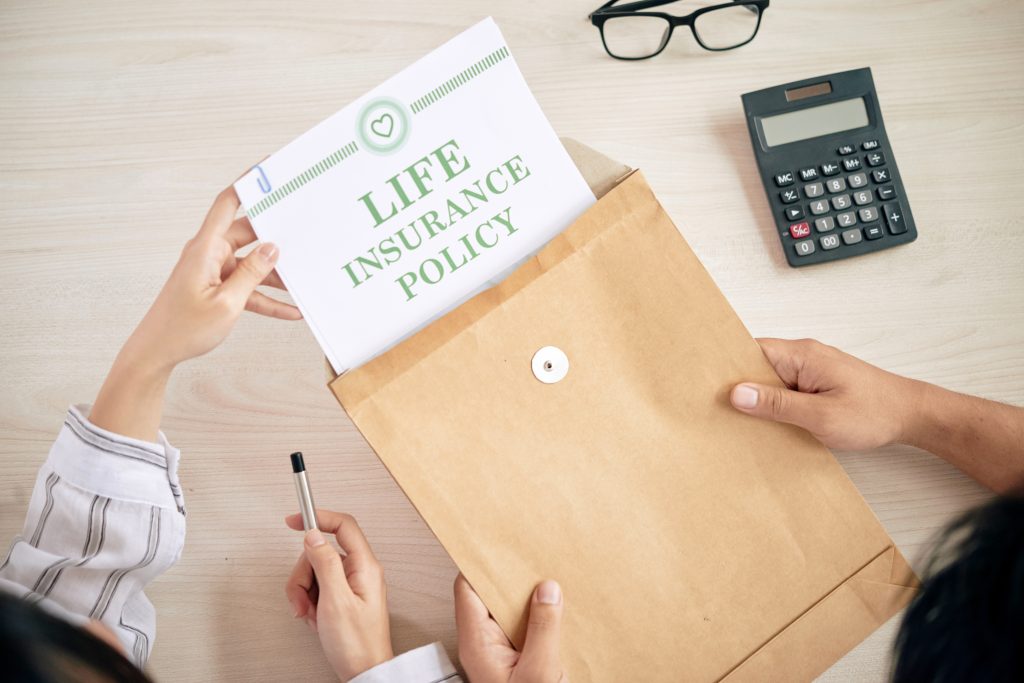
Damage from flooding is not covered under standard homeowners and renters insurance policies. Coverage is available from the National Flood Insurance Program (NFIP), as well as from some private insurance companies. You may not be aware you’re at risk for flooding, but keep in mind that 25 percent of all flood losses occur in low-risk areas.
A better way to save: Before buying a home, consult the NFIP to identify whether the property resides in a flood zone; if it does, you might want to explore a less hazardous location. If you are already living in a designated flood zone, look at mitigation efforts that can reduce your risk of flood damage and consider purchasing flood insurance. Additional information on flood insurance.
Flood Insurance Coverage: Standard homeowners and renters insurance typically do not cover damage caused by flooding. If a flood damages your home or personal belongings, your insurance policy won’t offer financial assistance.
National Flood Insurance Program (NFIP): To address the lack of flood coverage in standard policies, the U.S. government has established the National Flood Insurance Program (NFIP). This program offers flood insurance coverage to individuals and property owners. It is essential to understand that flood insurance is a separate policy from your standard homeowners or renters insurance.
Private Insurance Companies: In addition to NFIP, there are private insurance companies that offer flood insurance. So, you have options to choose the provider that best suits your needs.
Flood Risk: Many people may not be aware of the risk of flooding in their area. The passage highlights that 25 percent of all flood losses occur in low-risk areas, which means that even if you live in a location that doesn’t typically experience frequent floods, you’re not immune to the risk.
Assessing Flood Risk: It’s advisable to assess a property’s flood risk before purchase. You can contact NFIP or consult flood maps to check if the property is in a flood-prone area. If it is, you might want to reconsider and explore properties in areas with a lower risk of flooding.
Mitigation Efforts: If you’re already living in a designated flood zone, you can take steps to reduce your risk of flood damage. These measures may include elevating your home, installing flood barriers, and other protective actions. Reducing your flood risk can also potentially lead to lower insurance premiums.
Purchasing Flood Insurance: If you live in a flood-prone area or choose to reside in one, we strongly recommend buying flood insurance. This policy ensures that you can recover losses if your property sustains damage from flooding.
4: Only purchase the legally required amount of liability for your car.

The minimum is just that—the least you can get away with by law. So, buying only the minimum amount of liability means you are likely to pay more out-of-pocket later. And if you are sued, those costs can jeopardize your financial well-being.
A better way to save: Consider dropping collision and/or comprehensive coverage on older cars worth less than $1,000. The industry and consumer groups generally recommend a minimum of $100,000 of bodily injury protection per person and $300,000 per accident.
Minimum Coverage: The “minimum” refers to the minimum amount of insurance coverage required by law. In most places, there are legal requirements that mandate a certain level of auto insurance coverage to drive legally. These requirements typically include liability coverage, which pays for injuries or damage you cause to other people or their property.
Pay More Out-of-Pocket Later: If you only buy the minimum required coverage, you are essentially getting the cheapest insurance available. In case of an at-fault accident, your insurance may not fully cover all the costs for the other party. In such cases, you will have to pay for the remaining expenses out of your own pocket.
Jeopardizing Financial Well-Being: Minimal coverage may lead to significant costs in a severe accident. You might need to use a substantial portion of your savings, jeopardizing your financial stability. In some cases, it might even lead to financial ruin.
Dropping Collision and Comprehensive Coverage: Optional collision and comprehensive coverage safeguard your vehicle. For cars valued under $1,000, skip extra coverage to avoid costs surpassing your car’s value. This is why the passage suggests that you can save money by dropping these coverages for older, low-value vehicles.
Recommended Liability Coverage: For older cars, it’s fine to cut costs by reducing coverage. Yet, for liability, consider higher amounts. Experts advise at least $100,000 per person and $300,000 per accident. Opt for more if you may face substantial expenses after an accident.
5: Neglecting to buy renters insurance.
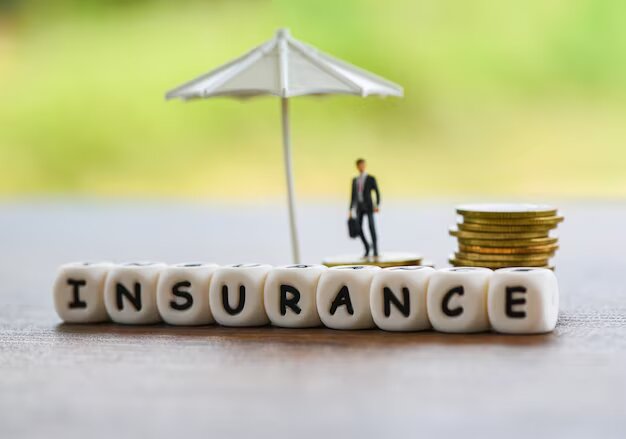
A renters insurance policy covers possessions and living expenses during insured disasters, like fires or hurricanes. Equally important, it provides liability protection in the event someone is injured in your home and decides to sue.
A better way to save: Bundling renters, auto, and life policies with one insurer typically yield cost savings.
Renters Insurance Coverage: Renters safeguard individuals who rent homes or apartments. It has two main components:
- Personal Property Coverage: This policy protects personal belongings, such as furniture, electronics, and clothing, from perils like fire and hurricanes. It covers damage, destruction, or theft, and helps replace or repair them if a covered event occurs.
- Additional Living Expenses (ALE) Coverage: If your rented residence becomes uninhabitable due to a covered disaster (e.g., your apartment is damaged by a fire), renters insurance can help cover the cost of temporary living arrangements like hotel stays or rented accommodations. This ensures that you have a place to stay while your rented home is being repaired or replaced.
Liability Protection: Another important aspect of renters insurance is liability protection. If someone is injured on your rented property and files a lawsuit, this part of the policy comes into play. Renters can cover legal expenses and potential damages if you’re found liable for the injury. This can be a significant financial safeguard, as legal costs and liability claims can be quite expensive.
Saving on Insurance Premiums: The second part emphasizes potential savings when bundling policies like renters, auto, and life insurance. This concept is often referred to as “bundling” or “multi-policy discount.”
- Bundling Policies: Combining insurance policies (like renters, auto, and life) with one company can lead to discounts. This can lead to savings on your insurance premiums for each policy you bundle.
- Benefits of Bundling: Bundling insurance policies not only saves you money but also offers convenience. You have all your policies with one insurer, making it easier to manage and coordinate your coverage. Additionally, you may have a single point of contact for claims and customer service, simplifying the insurance process.
Conclusion
In a world where the unexpected can disrupt our lives and financial security at any moment, insurance stands as a crucial safeguard against the uncertainties of tomorrow. It provides the reassurance that, in the face of disasters and accidents, our hard-earned assets and the well-being of our loved ones remain protected. However, to fully harness the benefits of insurance, it’s imperative to make informed choices. Master policy nuances, pick trusted insurers, value flood & renters insurance, and secure home & auto coverage. Save money, avoid errors, and fortify finances.

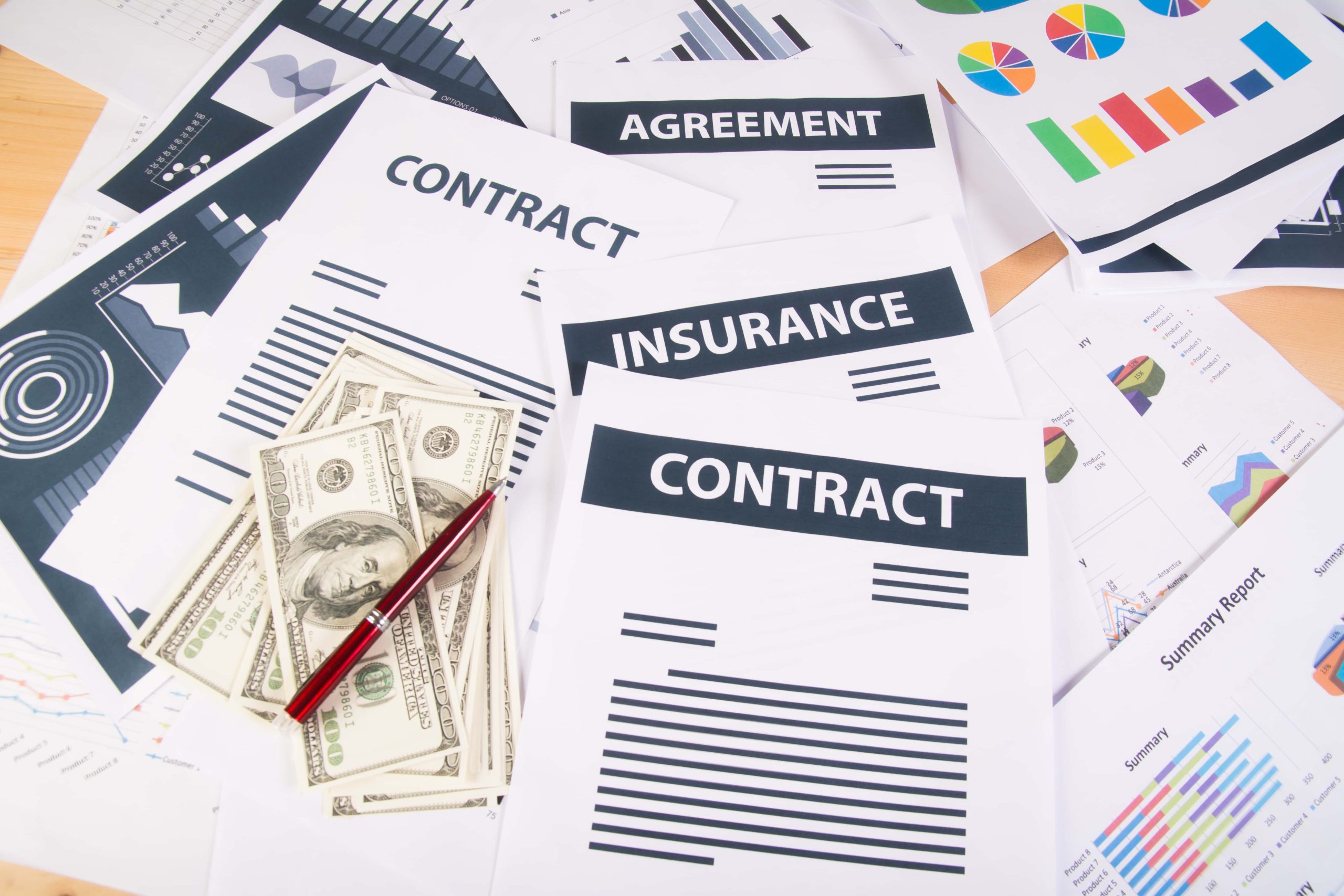
Insurance is a true financial safety net, and these tips are a must-read for anyone looking to protect their assets. Being informed about the right coverage is key to saving money while ensuring you’re fully protected
This article makes it clear that insurance is all about preparation and peace of mind. It’s like having a safety net for life’s uncertainties. Don’t wait until it’s too late – make sure you have the right coverage to safeguard your future.